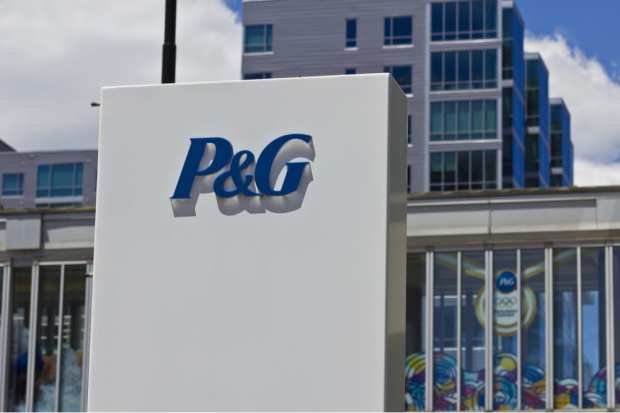New Tech to Help P&G Embrace ‘Constructive Disruption’ as Inflation Drives Prices Higher

At time when inflation is running at a 40-year high and store shelves are reflecting the lingering challenges of supply chain disruptions, Procter & Gamble told investors Wednesday (Jan. 19) that it is moving forward with additional price increases, noting that consumers are tolerating the cost increases better than they have in similar inflationary periods in the past, which is a deep comparison, given that the Cincinnati-based multinational has been in business for 185 years.
“We have seen a more benign reaction of the consumer,” P&G CFO Andre Schulten said on the company’s second-quarter earnings call for the three months that ended Dec. 31. “The consumer is healthy, generally, and is preferring our brands,” he added, noting that “price elasticity has generally been 20 to 30 percent lower than what we would have seen historically.”
Price elasticity is the economic principle that measures the change in demand for products when prices go up or down. To that point, P&G’s results clearly reflect the impact that price hikes are having, as half of the 6% increase in revenue it reported last quarter came from price increases, with the balance coming from increased volume of products sold.
The company also said it expects pricing will be a larger contributor to sales growth in the back half of the fiscal year as more of the increases become effective in the market.
More to Come
While P&G said it has now announced price increases in each of its 10 product categories in the U.S., and last month pre-announced additional price hikes will take effect in late February, the company said it has just notified retailers that additional moves are coming in the spring.
“Just yesterday we announced to retailers that we are increasing pricing of certain personal healthcare brands in the US effective mid April,” Schulten said, noting that the degree and timing of these moves are very specific to categories and brands.
“This is not a one size fits all approach,” he added. “We believe this is a temporary bottom line rough patch to grow through and not a reason to reduce investment in the business,” he said, noting P&Gs plans to stick with the strategy that had been working well before and during the COVID crisis.
Agility, Adaptation, Disruption
Throughout the crisis, P&G’s leadership said they have made investments in product innovation, supply chain and brand equity to strengthen the health and competitiveness of the $380 billion global company.
Without tipping off competitors about upcoming changes, P&G was clear that, alongside price increases, additional innovation was also in the works.
“Success in a highly competitive industry requires agility that comes with a mindset of constructive disruption and a willingness to change, adapt and create new trends and technologies that will shape our industry in the future,” Schulten said, adding that those attributes were even more important in the current environment.
“The strength of our innovation pipeline and our ability to combine pricing with innovation is certainly helping us in this environment,” he added.